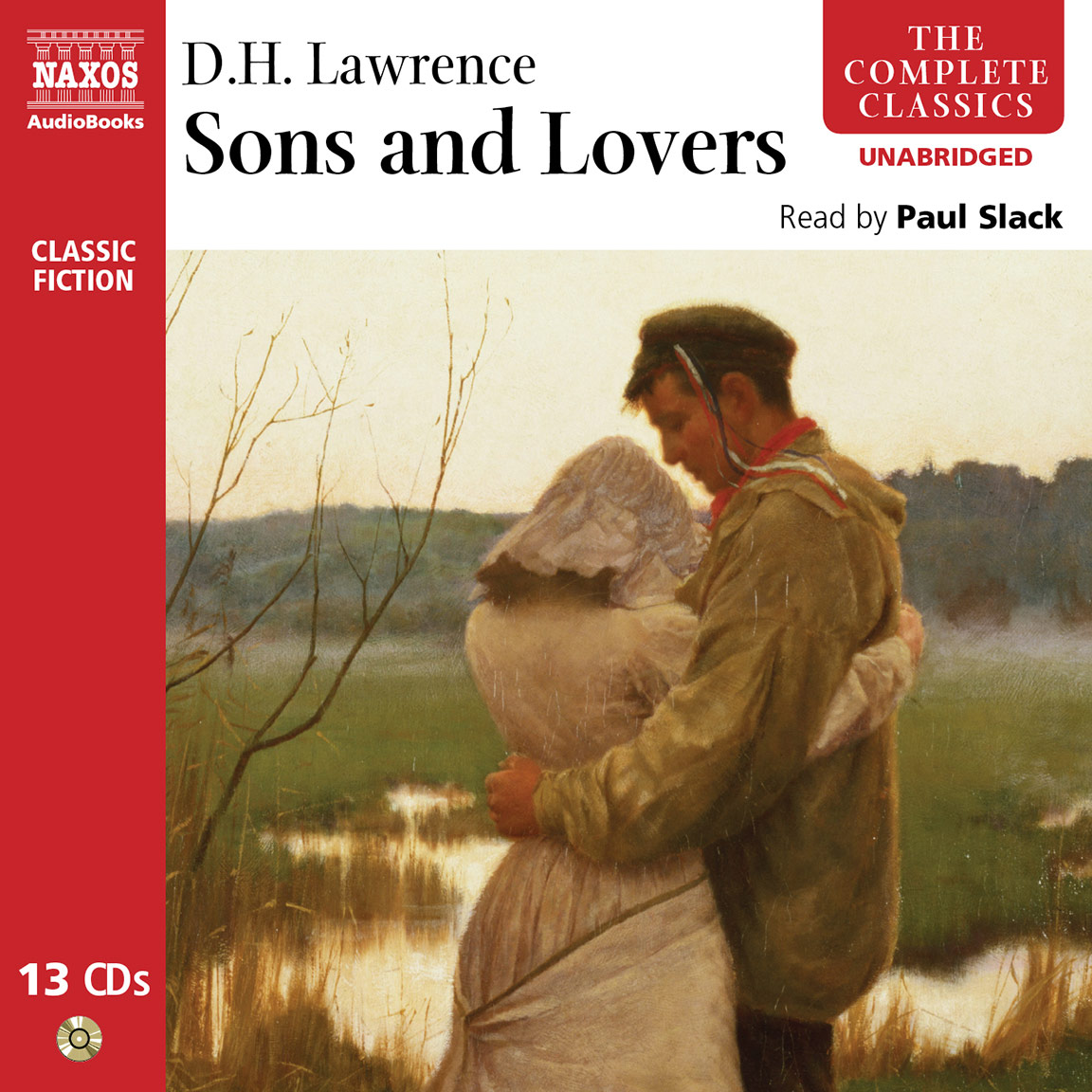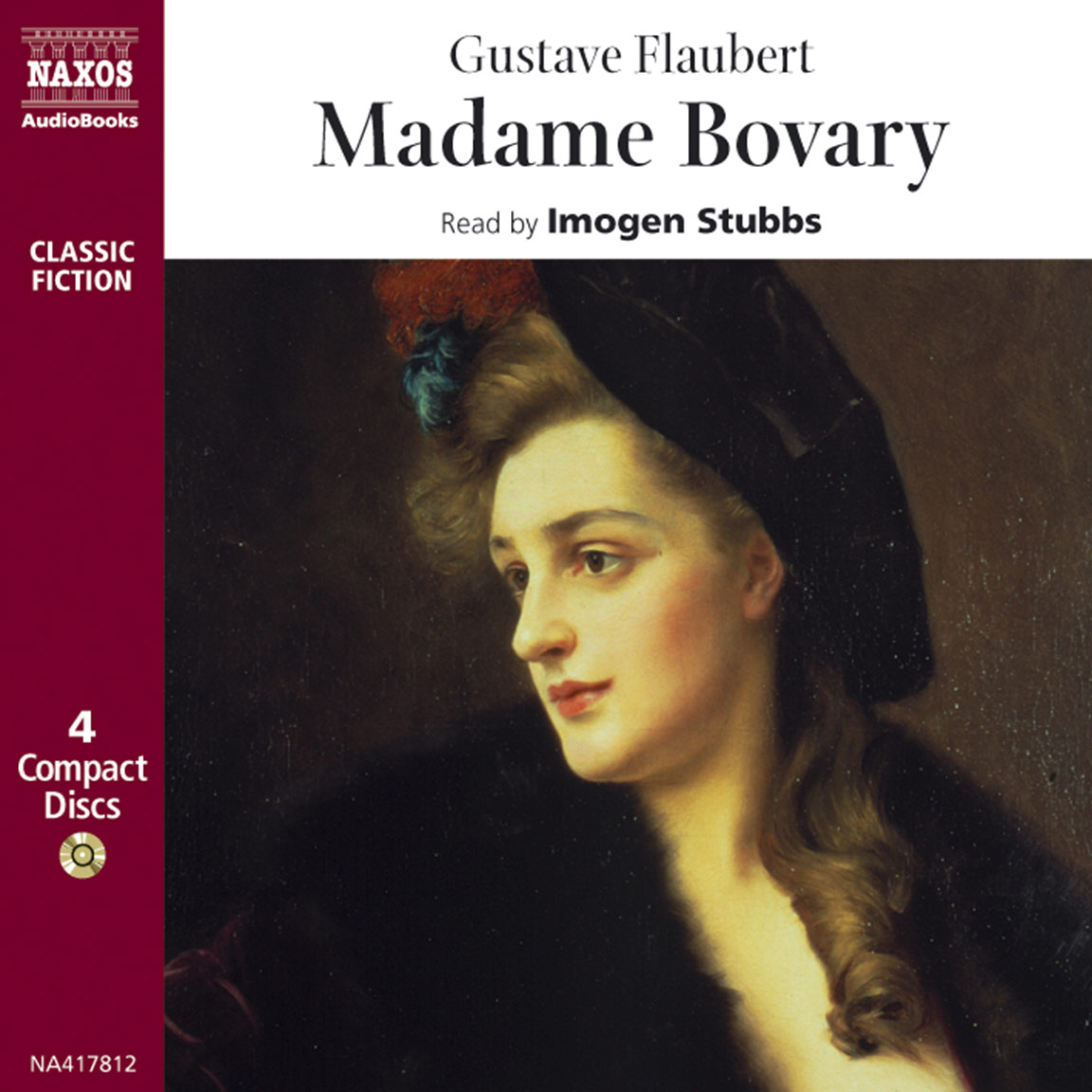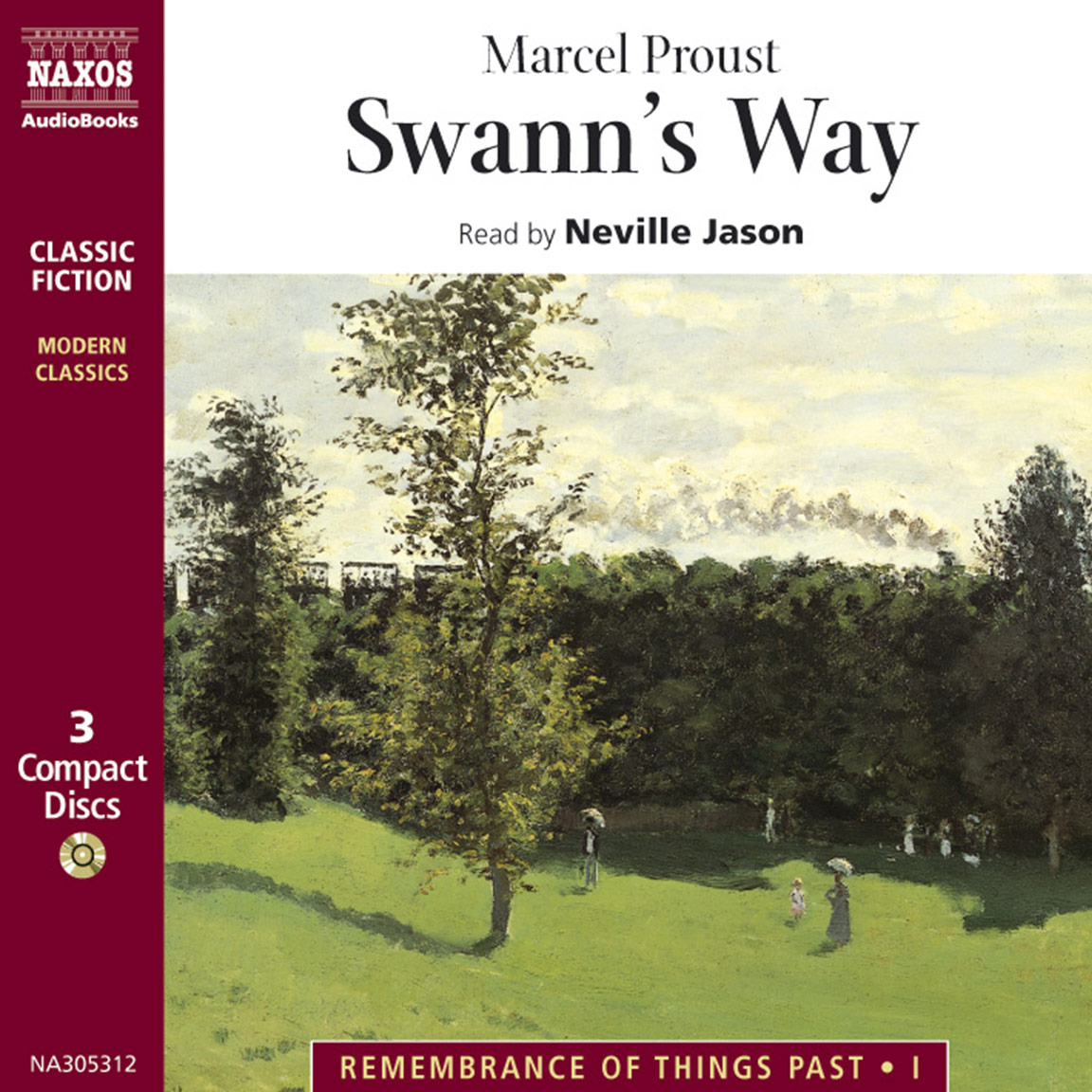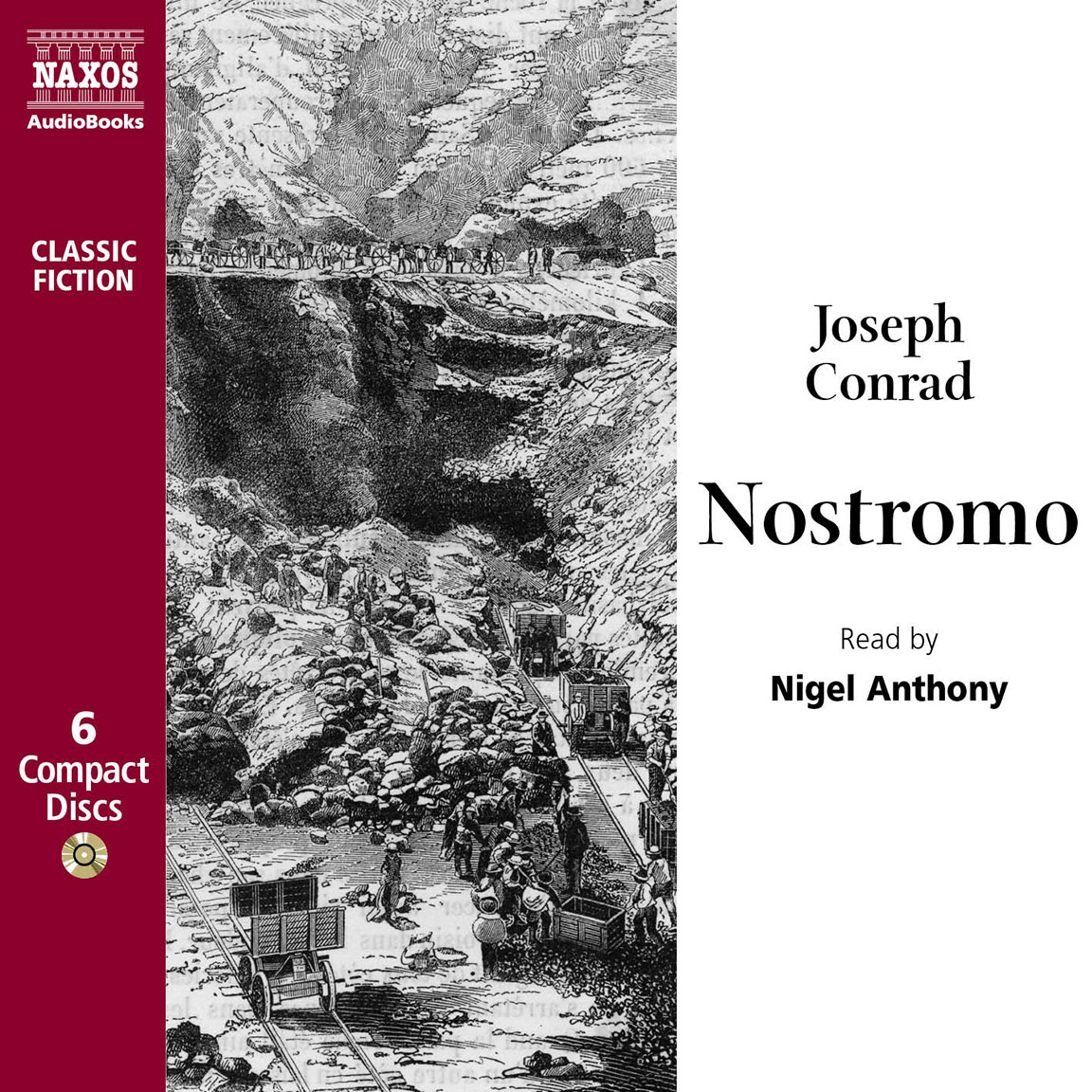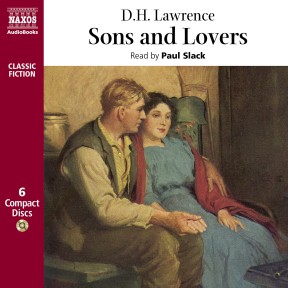
Audio Sample
D.H. Lawrence
Sons and Lovers
Read by Paul Slack
abridged
Sons and Lovers, Lawrence’s third published novel, was written by the author at the height of his literary powers. The story of class differences (the relationship between a woman of middle class family and a miner) in the tough world of coal mining, it brought a refreshing realism to literature. It remains a challenging text (and is studied widely). It is particularly effective on audiobook in the hands of reader Paul Slack, who comes from Nottinghamshire.

-
Running Time: 4 h 48 m
More product details
Digital ISBN: 978-962-954-548-2 Cat. no.: NA487212 Download size: 70 MB BISAC: FIC004000 Released: June 2008 -
Listen to this title at Audible.com↗Listen to this title at the Naxos Spoken Word Library↗
Due to copyright, this title is not currently available in your region.
You May Also Enjoy
Reviews
Audiobook of the Week
Paul Slack must have been a shoo-in to read D. H. Lawrence’s heavily autobiographical novel about an artist’s coming of age in the Nottinghamshire coalfields. A Lawrentian horny-handed son of toil – well, a bricklayer – before taking up acting, he comes from that part of the world and his voicing of the characters in authentic accents imparts a real humanity to the raw emotions. The story unfolds from the marriage of bright Gertrude to miner Walter Morel. This misalliance produces several children and it is on the sensitive Paul that Gertrude directs her frustrated ambition. His fierce love for his mother warring with the need to follow his own desires – analysed with a vigourous relentlessness and pungent imagery – makes this a work whose power stands the test of time.
Karen Robinson, The Sunday Times
The jaunty miner who proud Mrs Morel married has become a boorish drunk, so she devotes herself to her sons, particularly Paul. The suppressed sexuality of this intense relationship prevents Paul from choosing a wife. The mute yearning of the dark and brooding Miriam eventually repels him, nor can he give himself wholly to the over-demanding Clara. The cloying love between mother and son borders on the repellent, but the sympathetic narration rescues it, making the web of emotions startlingly real. The narrator is a Nottingham man and his presentation of the dialect is skilful. Mr Morel gains in humanity, emerging as emotionally wounded as his wife.
Rachel Redford, The Observer
Booklet Notes
Sons and Lovers is in some ways so directly autobiographical as to make it almost a confession. In both the book and in the story of Lawrence’s life, childhood is spent in the poorer parts of a Nottingham mining town. In both the book and Lawrence’s life, the mother and father are at odds socially and intellectually. In both the book and Lawrence’s life, the father drinks too much, distancing himself from his wife, whom he no longer understands. In both, the mother in turn invests all her emotional life into her children – but especially her sons. In both, an older brother dies of erysipelas after being engaged to a stenographer called Louisa. In both, the mother is overwhelmed by grief, but finds herself emotionally alive again when the younger brother becomes ill and she can focus her love on him. In both, there is a strongly sexual element behind the relationship between mother and son, and a bitter and poisoned relationship with the father. In both, the development of a mature sexual life for the son is hampered by his affection for his mother, with two significant women being the possible means to adult freedom, yet ultimately failing because of that maternal attachment. In both, the hero works in a surgical appliance factory. In both, there is an idyllic farm where the protagonist finds intellectual and emotional respite as well as stimulus. In both, the mother’s death is assisted by an overdose administered by the son. In terms of places, the only differences are in the spelling, with Lawrence’s home town Eastwood being given a sarcastic recasting as Bestwood, or – slightly more disguised – Jessie Chambers from Lawrence’s own life being turned into Miriam Leivers. And there is much more that speaks directly from Lawrence’s own experiences with his parents, his background and his early relationships.
The book is the story of a family, the Morels; and in particular the relationship between Paul Morel and his mother Gertrude (a name deliberately recalling Hamlet’s mother). She marries Walter, who at first is a vital and powerful man for whom she has a genuine passion. But she is intellectually far stronger than he, socially more ambitious; and as she retreats from him, so he becomes boorish and drunk. Instead, the mother finds solace in her children, who in turn are devoted to her. The elder, William, can hardly enjoy himself without his mother’s approval. Perhaps sensing this, he goes to take up a job in London. But an infection kills him and leaves his mother bereft. Shortly afterwards, her second son Paul falls seriously ill (as Lawrence did) and is near death himself. This crisis brings the mother out of mourning, and she devotes herself to Paul. This relationship is at the heart of the novel. Paul is a sensitive, artistic, slightly effeminate child – another close echo of Lawrence, who was so weak as a child that he could not play with the other boys at school – who shares every aspect of his life with his mother. When he becomes attached to a girl at a nearby farm, his mother’s disapproval is as significant a factor in his relinquishing her as his own indecision, which is itself a product of his feelings for his mother. But Paul finds himself attracted to another woman and continues his struggle to – as Lawrence puts it – ‘realise’ himself as a man independent of his mother.
The friction created between the many conflicting desires of the characters is explored with Lawrence’s habitual combination of candour, depth and a vigorous mysticism about the relationships between the mind and the body, sex and love, religion and the soul, industrialisation and humanity, instinct and intellect. Lawrence examines these both overtly and covertly. There are whole passages discussing the nature of a relationship; elsewhere issues are hinted at in symbolic set-pieces (Walter cutting the hair of one of his children; Paul and Miriam going to look at a rose-bush). Lawrence’s philosophy can also be seen in the structure of the work as a whole – Mrs Morel cannot find deep enough satisfaction from her husband, so the children become a conduit for her love; but this damages the growth of the child.
The immediacy of the autobiographical aspects of the book gives it the impression of having been written quickly – there are sudden, unclear shifts of time or perspective, for example – but this is misleading. Its descriptions of the scenery in the area are suffused with an almost ecstatic sense of the power of nature, allowing the characters inspired insights, or reflecting elements of their emotional state. Throughout the book, Lawrence uses the characters’ responses to lowers and plants to illustrate aspects of their nature. He also uses events in ways that may be directly symbolic (such as picking cherries) or allows sensuality to seep into the descriptions of actions that are not specifically sexual. The characters themselves are painted with an honesty that early readers found unsympathetic. They did not recognise that this was a means to greater understanding of the characters than could be afforded by the over-simplification and emotional manipulation of other writers. This extends to portraying Paul – a cipher for Lawrence himself – as pompous, misogynistic and mother- ixated; and managing to make Walter – the drunken, violent, fearful father – movingly real.
Lawrence started the book when his mother was diagnosed with cancer and died in 1910, but it went through several rewrites and revisions; and even then he had a troubled time getting it published (something Lawrence would get used to). His editor, friend and dedicatee of the novel Edward Garnett cut some eighty passages, and the book, Lawrence’s third, was published in 1913. Despite these excisions, the book deals with several topics that the critics of the day found repellent – mother / son lust (however repressed), descriptions of sex (however symbolic or tangentially expressed) and an unapologetic setting of the book among the working classes, dialect and all. Lawrence may have escaped England for much of his life, but he could never find relief from the attacks on his works for their directness, their bold attempt to bring to literature what had never been examined in it before, and for their portrayal of the realties of life outside the literary, cosmopolitan or establishment circles who were responsible for censorship.
David Herbert Richards Lawrence (known in the family as Bert) was born in 1885, and was a studious if sickly child. He became a teacher and started to write short stories and poems, several of which were accepted by Ford Maddox Hueffer for publication in The English Review. Hueffer also recommended Lawrence’s first novel The White Peacock for publication, and his career as a writer could be said to have begun in 1912, when, with one novel out, another being published, a play completed and poems in print, he resigned his teaching post. His lived life – rather than his written one – also stems from that year. He had been engaged, but had fallen in love with the married mother-of-three Frieda Weekley (the wife of a professor under whom Lawrence had studied, and the cousin of Baron von Richthofen, a German air ace). They eloped, later to marry after her divorce. The marriage survived a difficult and peripatetic life, but was not without its crises. Lawrence’s sexuality was not always fixed. He had a homosexual affair when he was sixteen (something that he described as the nearest thing to perfect love in his life), and a brief affair with a farmer in Cornwall some years later. Frieda also had a long affair with Angelo Ravagli, who lived with her after Lawrence’s death. But through all this, a pattern for Lawrence’s life was established. They travelled, he wrote, they had very little money, he was often ill (tuberculosis haunted him and finally killed him in 1930). His books were rarely successful and sometimes only published in small, private editions because they fell foul of the censors. Their travels were seldom straightforward, and he and Frieda were twice arrested for spying: once in Germany just before the First World War, and once in Cornwall during it, when her ancestry was a cause for much suspicion (the fact that they used to sing German songs when on walks probably didn’t help).
But despite this questing (sometimes enforced) wandering, Lawrence produced novels that changed the genre forever, as well as over 800 poems, several volumes of short stories, and literary, psychological and historical works. His travel writing is so highly regarded that Sardinia offers an international prize for it in his name. Lawrence managed to become one of the greatest names in twentieth-century English literature by refusing to allow himself to be cowed despite extraordinary pressure, both socially and financially. He produced works that remoulded the imaginative life of anyone who can read English, from The Rainbow to Sons and Lovers to Women in Love and Lady Chatterley’s Lover. He released into fiction a kind of reality about life that had never been properly explored, and did so with an emotional fearlessness and a muscular language that occasionally belied its philosophical undertones. He became and remains notorious for the explicit nature of some of his works (Sons and Lovers is relatively restrained, in part thanks to Garnett, though the pulse of sexuality runs through many passages), but this prurience again overlooks the depth of his thinking about the characters, and the complex, conflicting needs of humans in their physical, emotional and spiritual lives.
Roy McMillan
